In previous projects, I enabled depth testing used gluPerspective called once on startup to set up a 3D space. Currently, I am rendering a square between -0.5 and 0.5 with 0.0 as its origin after the 3D world has initialised with code below will cause a square to cover the entire screen:
glBegin(GL_QUADS);
{
glVertex3f(-0.5, -0.5, 0);
glVertex3f(-0.5, 0.5, 0);
glVertex3f(0.5, 0.5, 0);
glVertex3f(0.5, -0.5, 0);
}
glEnd();
What I am looking is a way to set the perspective so that shapes are rendered in world space. For example, the snippet below should cause a square of 200x200 to be rendered:
glBegin(GL_QUADS);
{
glVertex3f(-100, -100, 0);
glVertex3f(-100, 100, 0);
glVertex3f(100, 100, 0);
glVertex3f(100, -100, 0);
}
glEnd();
The code below is what I am currently using to initialise a 3D world.
// WINDOW_WIDTH = 1600, WINDOW_HEIGHT = 900
glViewport(0, 0, WINDOW_WIDTH, WINDOW_HEIGHT);
glMatrixMode(GL_PROJECTION);
glLoadIdentity();
gluPerspective(47, WINDOW_WIDTH / WINDOW_HEIGHT, 0.01, 1000);
glMatrixMode(GL_MODELVIEW);
glLoadIdentity();
glEnable(GL_DEPTH_TEST);
Have I missed any steps in setting up a 3D space and if gluPerspective is used to do this any suggestions why it is not working?
I am able to achieve this in 2D using ortho, it is important that the world is 3D.
Everything is being written in C using OpenGL and GLU up to 1.3 with my GLFW set up identical to this. Due to technical restraints, I am unable to use the modern pipeline.
